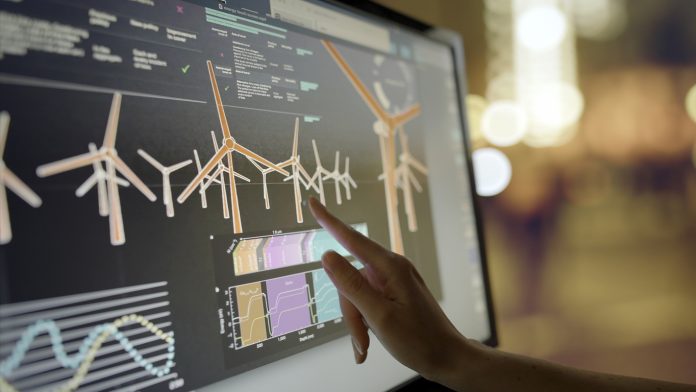The European Union (EU) has revealed a tool aimed at monitoring and managing its natural gas supplies with extreme precision
Known as the Security of EU Gas Supply Dashboard, this new platform uses data from multiple public sources to provide real-time insights into gas imports, storage levels, and transport across the region.
Managing natural gas supplies
Developed by the Commission’s Joint Research Centre (JRC), the dashboard marks a significant step forward in EU energy policy, particularly in terms of recent energy crises and geopolitical tensions that have threatened supply stability.
By integrating information from the ENTSOG Transparency Platform, AGSI+ for gas storage details, ALSI for LNG facilities data, and EUROSTAT, the dashboard offers decision-makers a comprehensive view of gas flow dynamics crucial for strategic planning.
One of the dashboard’s key features is its interactive capability, allowing users to generate custom charts and visuals tailored to specific parameters. For instance, stakeholders can monitor average daily gas flows through different routes, analyse seasonal gas consumption patterns, and track the filling levels of underground storage facilities on a country-by-country basis.
Global energy management
An important aspect highlighted by the dashboard is its support for compliance with the EU Gas Storage Regulation (EU/2022/1032), which mandates a minimum of 90% filling of gas storage facilities by November 1st each year.
The tool not only monitors current filling levels but also projects future trends based on historical data, aiding in proactive decision-making and regulatory compliance.
The launch of the Security of EU Gas Supply Dashboard comes on the heels of the EU’s swift regulatory responses to the 2021/22 energy crisis. These measures included setting minimum storage thresholds, promoting demand reduction strategies, and enhancing solidarity through coordinated gas purchases.
These actions are important in mitigating the impact of supply disruptions during critical periods.
As the EU continues to navigate complex energy landscapes, the dashboard is a good start to hold its proactive stance on energy security. By providing a transparent and user-friendly interface, it equips policymakers and stakeholders with the tools needed to make informed decisions swiftly and effectively.
The EU’s investment in this state-of-the-art monitoring tool strengthens its resilience against energy shocks and also sets a precedent for global best practices in energy security management.











